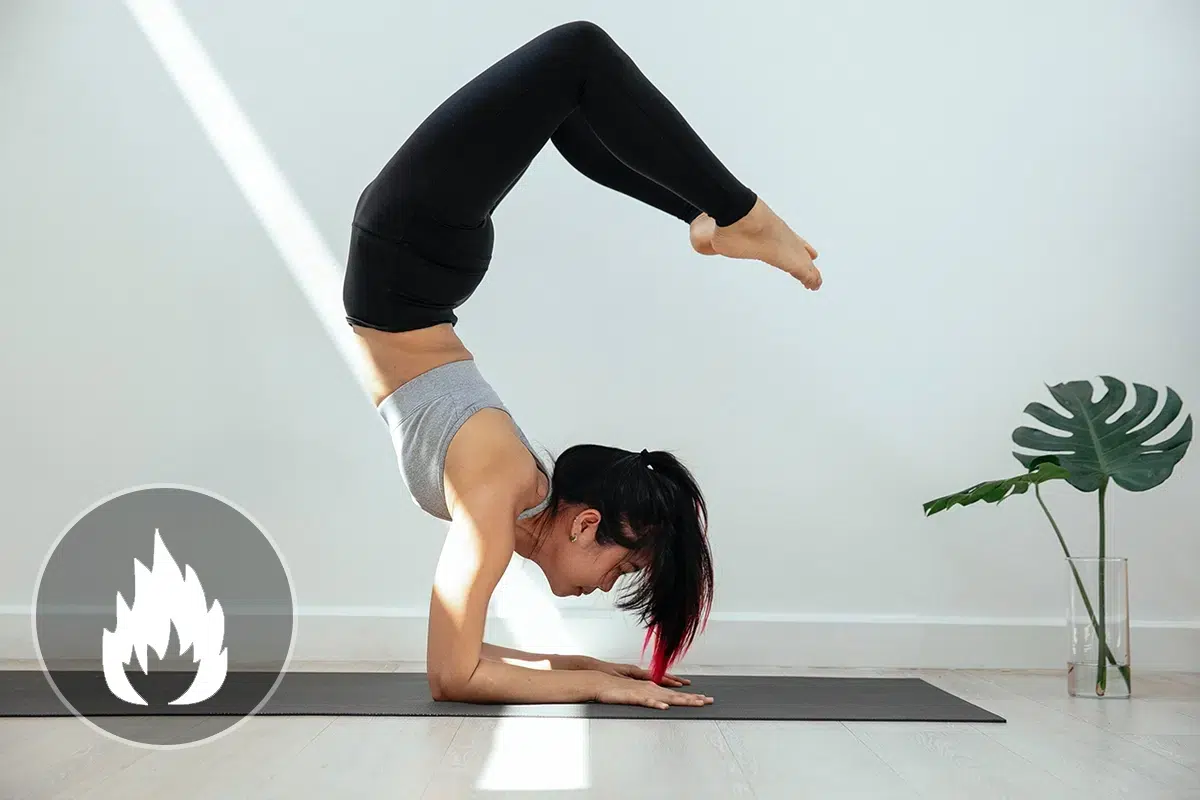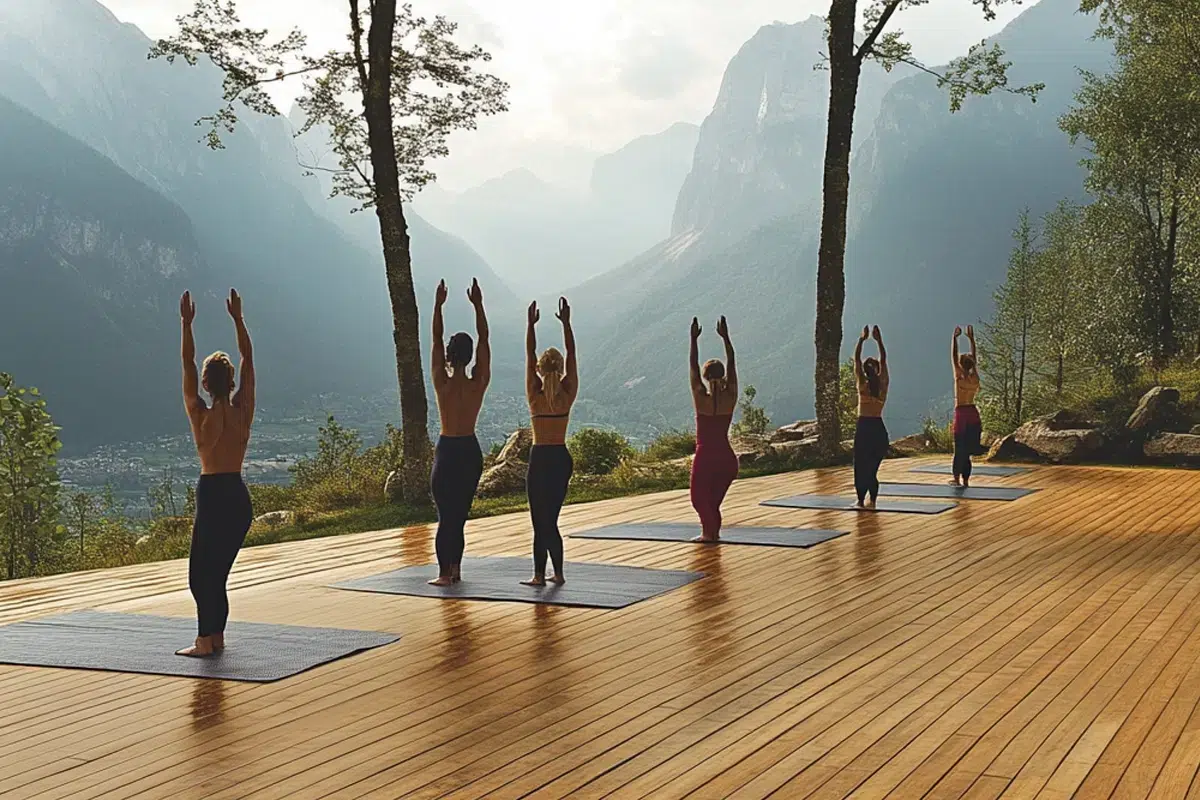Show summary Hide summary
How many calories do we burn doing gymnastics?

Everything you need to know about gymnastics
Want to know how many calories you burn doing gymnastics for 30 minutes or 1 hour? Use our calculator to estimate based on your profile.
Discover other REGIVIA calculators:
Gymnastics: A few examples of energy expenditure depending on weight and activity time.
Use the table below to see how many calories you lose by doing gymnastics!
Gymnastics
Normal intensity
Expenditure in Kilocalories
| Weight | 15 minutes | 30 minutes | 1 hour |
|---|---|---|---|
| 40 kg | 42 | 84 | 168 |
| 50 kg | 53 | 105 | 210 |
| 60 kg | 63 | 126 | 252 |
| 70 kg | 74 | 147 | 294 |
| 80 kg | 84 | 168 | 336 |
| 90 kg | 95 | 189 | 378 |
See detailed calculations and metabolic equivalent for gymnastics
Everything you need to know about gymnastics
FIND OUT MORE ABOUT GYMNASTICS
Gymnastics, more commonly known as gymnastics, covers several sub-activities such as :
- Acrobatic
- Rhythmic
- Artistic
- Tumbling
Some exercises practised in gymnastics :
- Rings
- Trampoline
- Pommel horse
- Parallel bars
- Fixed bars
- Floor
Gymnastics is a demanding physical activity that works the whole body. Although there are different forms of gymnastics, each with its own particularities, they all have one thing in common. They involve many different muscle groups, such as the buttocks, thighs, arms, abs and back.
Some benefits of gymnastics:
- Development of muscular strength: Gymnastics involves all the muscle groups in the body, in particular the muscles of the trunk, arms, legs and abdominal muscles. Repeated movements, such as jumping, rotating and balancing, help to strengthen and tone muscles.
- Improving flexibility: Gymnastics requires great flexibility to perform acrobatic movements and complex postures. Stretching exercises and flexibility positions improve muscle and joint flexibility, promoting range of movement and injury prevention.
- Improving balance and coordination: Gymnastics movements require precise coordination between the body, limbs and space. Balance exercises on a beam, for example, develop static balance, while rotations and flips require dynamic coordination.
- Improving power and explosiveness: Gymnastics includes explosive movements such as jumps, flips and aerial acrobatics. These movements develop muscular power, explosiveness and speed.
- Developing discipline and concentration: Gymnastics requires great mental discipline and constant concentration. Gymnasts need to pay attention to detail, precise movements and fine adjustments in order to perform routines with precision and fluidity.
- Self-confidence and self-esteem: Gymnastics offers a way to develop self-confidence and self-esteem. Gymnasts progress by mastering new skills and overcoming challenges, building confidence in their abilities and fostering a positive self-image.
- Grace and body expression: Gymnastics emphasises grace, elegance and body expression. Artistic and choreographic movements allow gymnasts to express themselves through their bodies and develop a connection between music, creativity and movement.
In conclusion, gymnastics is a complete sporting discipline that offers numerous physical and mental benefits. It develops muscular strength, improves flexibility and balance, and is a great way to feel good about your body.
How to calculate the number of calories burned doing gymnastics
The result displayed is expressed in Kcal and is calculated using the MET (Metabolic Equivalent of Task). The MET for each activity is the result of statistical data and cannot therefore be interpreted as an exact calculation, but rather as an estimate taking into account the MET value and the ratio between the time spent doing an activity and the weight of the individual.
For example: The MET value for gymnastics is 4. This means that a person who does gymnastics consumes 4 times more energy than when resting during a gym session.
Discover the detailed formula to calculate your daily energy expenditure while doing gymnastics
Consumption in Kcal per minute = (METs*3.5*Weight in kilos)/200
This means that for a person weighing 70 kilos exercising for 30 minutes:
Consumption in Kcal per minute = (4*3.5*70)/200 = 4.9 Kcal/min
So for 30 minutes = 4.9*30 = 147 kcal for 30 minutes
All sports in detail!



















































